Watching brown short layers, astronomical research, can I have the true face of the Super Jupiter?
Author:Astronomy online Time:2022.09.01
There is a breakthrough in astronomy.
This article may stimulate your interest in the planet.
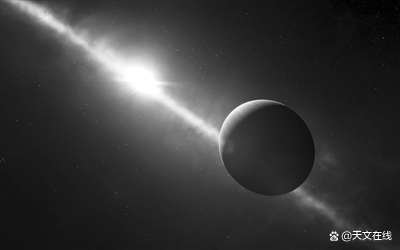
The painter is a portrait of the brown dwarf 2mass J22081363+2921215 of the nearby Earth (the source: the painter is a portrait of the brown dwarf 2mass j22081363+2921215 of the nearby Earth)
In the vast universe, although there are many neighbors, people know very little about them. Recently, Hi Pao has frequently passed, and astronomical research has a breakthrough, or you can understand the super Jupiter layer structure.
Super Jupiter, as its name, is an outer planet of Qi, and has a great quality, which can reach 13 times the quality of Jupiter. Brown dwarfs, known as "failed stars", are used for new scientific research to unveil the mystery of Super Jupiter.
The brown dwarf is a gaseous sphere, with 80 times the quality of Jupiter. In the course of becoming a star, it has never been able to break through the last step. At the same time, because it is too large and is too isolated, it does not belong to the planet.
Sometimes people cannot observe the exogenous planet close to the earth
Elina Mana Vaas is from the Institute of Space Telescope Science in Baltimore. She led a group of astronomers to conduct research on the "Thousand Layers" structure of the brown dwarf atmosphere of the 22081363+2921215 codenamed 2MASS J22081363+2921215.
Although astronomers have successfully analyzed the ingredients of some super Jupiters, Mana Vaas and his team still chose to replace them as research objects. This is because sometimes the super Jupiter's mother star is too dazzling, and people cannot observe the details of the super Jupiter atmosphere, and the research of isolated stars such as brown dwarfs is not inconvenient. The team's research on a brown dwarf will be published on The Astronomical Journal.
At the same time, because there are many common points in the two: great quality, similar temperature, and consistent multi -layer atmospheric structure, this research is more feasible.
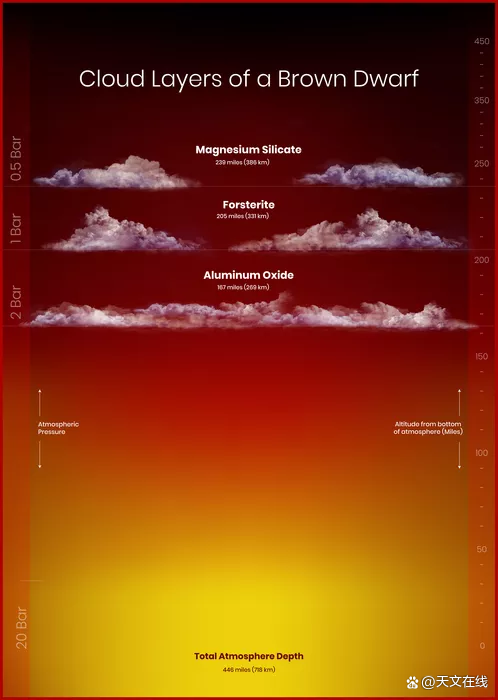
This artistic renderings depicts the βB of the painting stand around the young star rotation (source: Source: American Space Network)
The brown dwarfs observed in the study are very young and very bright, so the radiated heat is in the near -infrared light band of the electromagnetic spectrum. The team hopes that through observation and research on 2MASSJ22081363+2921215, they can obtain further understanding of Super Jupiter's painting standing standing stand. The painting of the standing seat was discovered in 2008, and the quality of the two was consistent. At the same time, the two sources are the same and belong to the β -mobile star group, which is 115 light years from the earth.
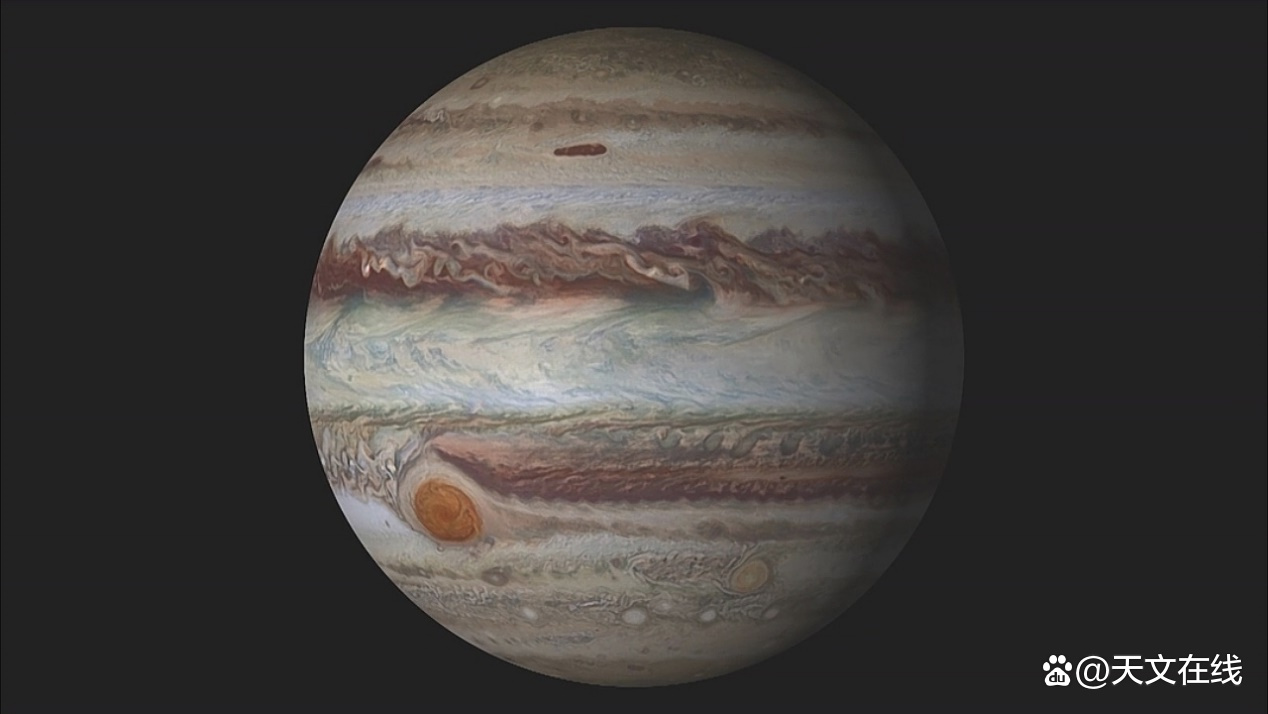
This picture shows 2MASS J22081363+2921215 continuous atmospheric "Thousand -layer Structure" (source: Source: American Aerospace Bureau/European Aerospace Bureau/Andy James/Space Telescope Research Institute (STSCI))
2MASSJ22081363+2921215 The atmosphere rotates every 3.5 hours. In order to further observe it, the research team uses the infrared detection multi -target spectrometer located in the Kakka Observatory of Monakia, Hawaii to observe it.
The device can analyze various chemical elements in the atmosphere. At the same time, the research team uses a computer model to determine the relatively high level of different components. The high speed of the brown dwarf means that some of them will be scattered during the rotation process, which creates opportunities for scientists to observe deep atmosphere.
The research team discovered potassium iodate (which contains magnesium silicate) at the atmosphere of the brown dwarf. Below it, it was potassium iodide and magnesium silica, and the bottom was an aluminum oxide layer.
Jupiter is the largest planet in the solar system and fifth far away from the sun. Jupiter is a gaseous sphere. The quality exceeds 2.5 times the total quality of all other planets of the solar system, which is lighter than one thousandth of the solar quality. Jupiter is the third bright star visible to human eye, the first two are the moon and Venus. During the prehistoric period, humans paid attention to it. Jupiter (Jupiter) comes from the king of Roman mythology, Jupiter.

Jupiter (source: station cool network)
Jupiter was originally composed of hydrogen, and now its mass is 1/4, and the volume is 1/10 consisting of 氦. It is said that its core is likely to consist of heavier chemical elements, and it is extremely hard, but like other huge planets in the solar system, it does not have a clear solid surface. At the same time, because Jupiter keeps shrinking in interior, its own creation is higher than the calories absorbed by the sun. Jupiter is extremely fast, so its shape is more like a flat ellipse: in its equator, it has a slight but visible convex. Jupiter's atmosphere is in a layered state, and the intersection of each layer has eddy current and storms. Among them, it is more obvious that Jupiter's big red spots. Since 1831, people have observed their existence.
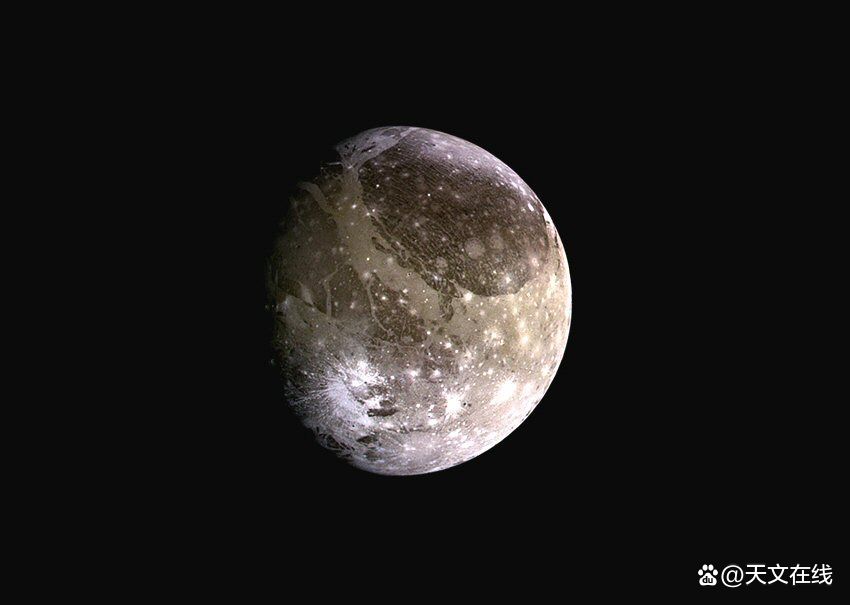
Jupin Jupiter shooting Jupiter Big red spot (picture source: CBS News)
The surrounding Jupiter is surrounded by a bright and not obvious planetary ring and a powerful magnetic ring. The length of the magnetic tail is about 800 million kilometers (5.3 astronomical units, 500 million miles), which is about the distance from Saturn to the track. There are 80 satellites known in Jupiter, and there are more estimates, including Muweiichi, Muwei Er, Muwei San and Muwei Si, which Galileo discovered in 1610. The size of the first two is similar to the moon. Mu Wei Si is almost as big as Mercury, and Mu Wei San will be bigger.
Muwei III (source: Oxford University)
By: Doris Elin Urrutia
Fy: Xiao Huang's sister
If there is related content infringement, please contact the author to delete the reprint after the work is released.
- END -
Reviewer observation | Copy network threats, good calculations can win

Strange viruses, malware, online fishing attacks ... Science and technology headli...
Zhang Guihua, China Science and Technology Association: There are three suggestions for the development of sensors
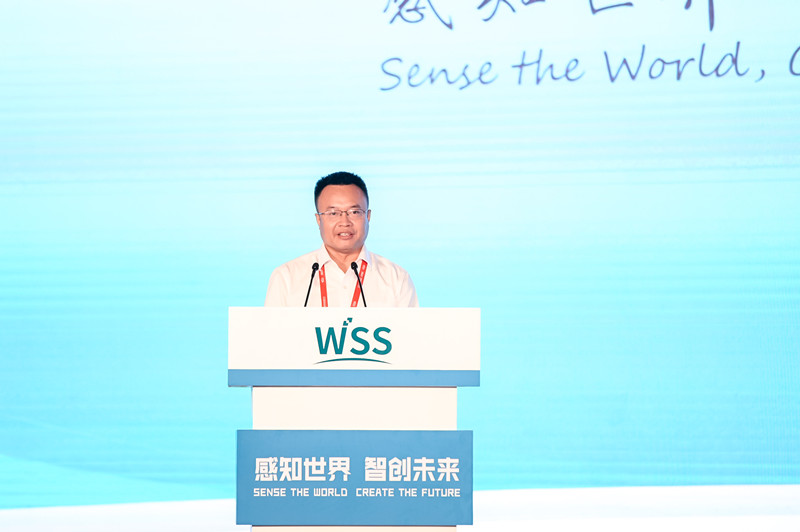
[Dahe Daily · Dahecai Cube] (Reporter Zhang Keyaowen Zhu Zhe Ranheng Photography)...